If you’re here, you’re likely looking to understand how capsule production actually works—from the inside out. Maybe you’re planning to scale up, upgrade your machinery, or simply need a clearer view of the full process before making a decision.
Either way, this breakdown will walk you through each stage, with no fluff—just the steps that matter in real-world production.
Table of Contents
Production starts with the capsule shell. Most shells are made from gelatin or HPMC, depending on whether you’re working with standard or plant-based formulations. The chosen material is heated and turned into a liquid.
Metal pins are dipped into this liquid to form capsule halves. These are then dried in carefully controlled conditions. Once hardened, they’re trimmed and separated—ready to be filled.
Next comes the product that goes inside the capsule. Active ingredients are blended with excipients to improve flow, stability, and consistency. Depending on the formulation, this may involve dry mixing or wet granulation.
The goal here is uniform particle size and weight. That ensures each capsule contains the exact amount of active substance, which is critical for safety and compliance.
Once the powder or granules are ready, the empty capsules go into a filling machine. These machines separate the capsule cap and body, fill the bottom half with the product, then close the capsule.
High-speed capsule fillers can handle powders, pellets, tablets, or even liquids—depending on your setup. For larger operations, automation is key to maintaining speed and reducing waste.
Canaan’s NJP Series Automatic Capsule Filling Machine is designed for exactly this stage—delivering fast, precise filling with minimal waste. It handles powders, granules, and pellets with ease, and it’s built for high-volume, continuous production. The NJP Series is a reliable choice for manufacturers who need speed, accuracy, and compliance in one system.
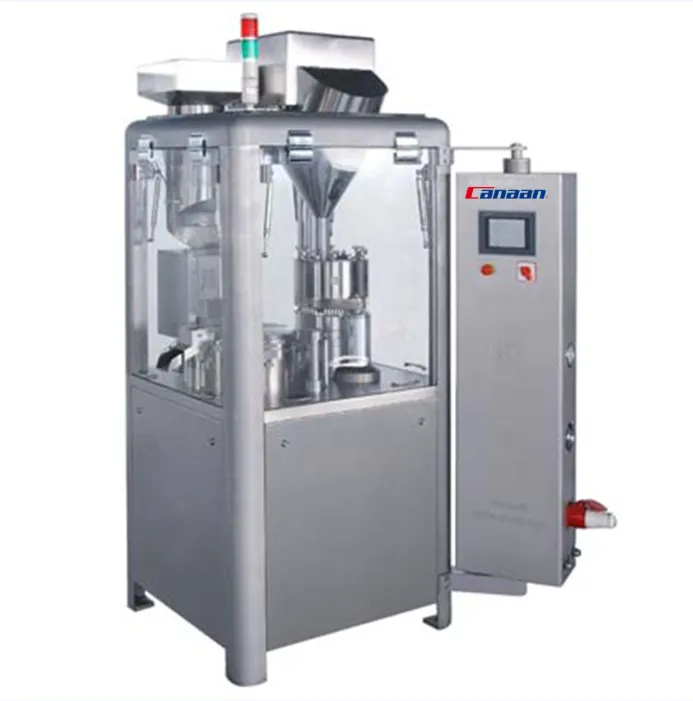
After filling, the two capsule halves are securely locked together. Some machines include a band-sealing function to provide extra protection—especially useful for moisture-sensitive or liquid-filled capsules.
This step reduces the risk of leakage, tampering, or separation during handling, shipping, or storage.
Filled capsules often go through a polishing machine. This removes any excess powder on the outside and improves appearance. Clean capsules are also less likely to jam packaging machines downstream.
Dedusting helps meet GMP cleanliness standards and improves product presentation—especially important for retail or direct-to-consumer products.
Each batch must pass strict quality checks. Capsules are inspected for defects like cracks, underfilling, or color mismatches. Weight variation is also checked to confirm dosing accuracy.
Many lines include metal detectors, vision systems, and rejection units to catch any faults in real time. Documentation at this stage is critical for regulatory compliance and traceability.
Once approved, capsules move to the packaging line. They may be bottled, blister packed, or filled into sachets—depending on the final format.
Batch codes, expiry dates, and other traceability info are printed or labeled during this stage. Final inspection ensures every package is sealed, clean, and ready for market.
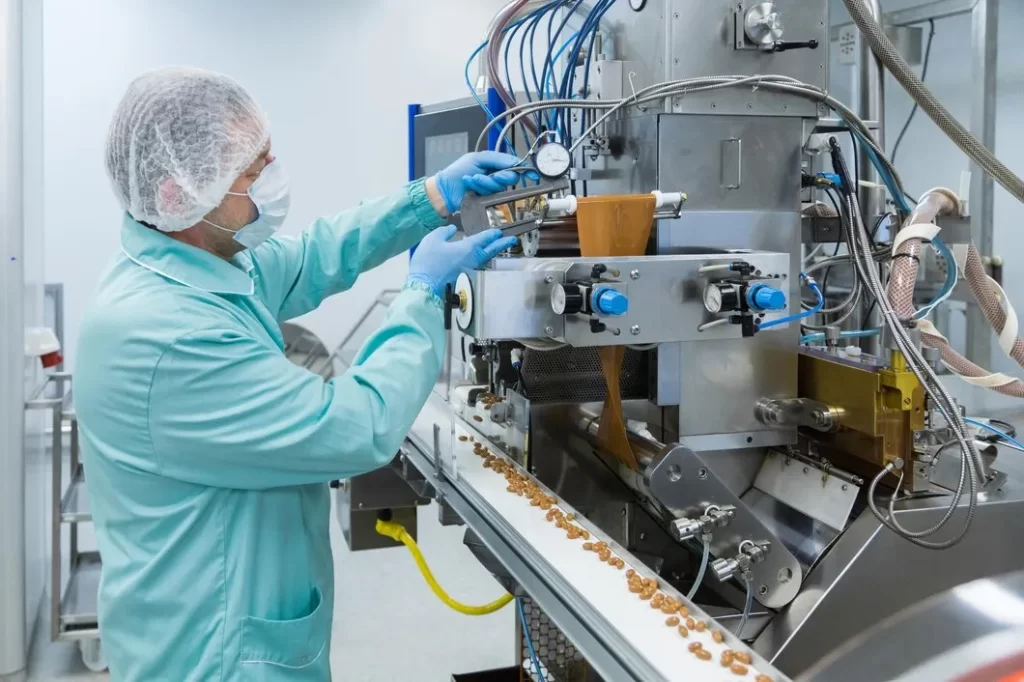
Running a smooth capsule production line depends on having the right equipment at each stage. Every machine plays a role in keeping output consistent, reducing errors, and maximizing efficiency.
Using integrated systems—where each machine works together in sync—helps reduce downtime, cut labor costs, and improve traceability. That’s especially important for companies managing multiple SKUs or operating under tight delivery windows.
Capsules come in different forms, and the right combination depends on your product, market, and manufacturing goals. Below are the main options to consider when choosing capsule types and how you can tailor them to fit your brand.
Material Types:
Sizes:
Color and Branding Options:
Filling Types:
Customizing your capsules not only improves usability and shelf appeal—it also supports compliance, brand identity, and consumer trust.
Capsule production is a precise process that relies on the right setup, skilled handling, and high-performance machinery. Whether you’re producing at small scale or handling millions of capsules a day, each step matters.
At Canaan, we provide the equipment and expertise to help you produce capsules efficiently and at the highest standards.
Need to upgrade your capsule production line? Contact us to talk with our team—we’re ready to help you scale smarter.
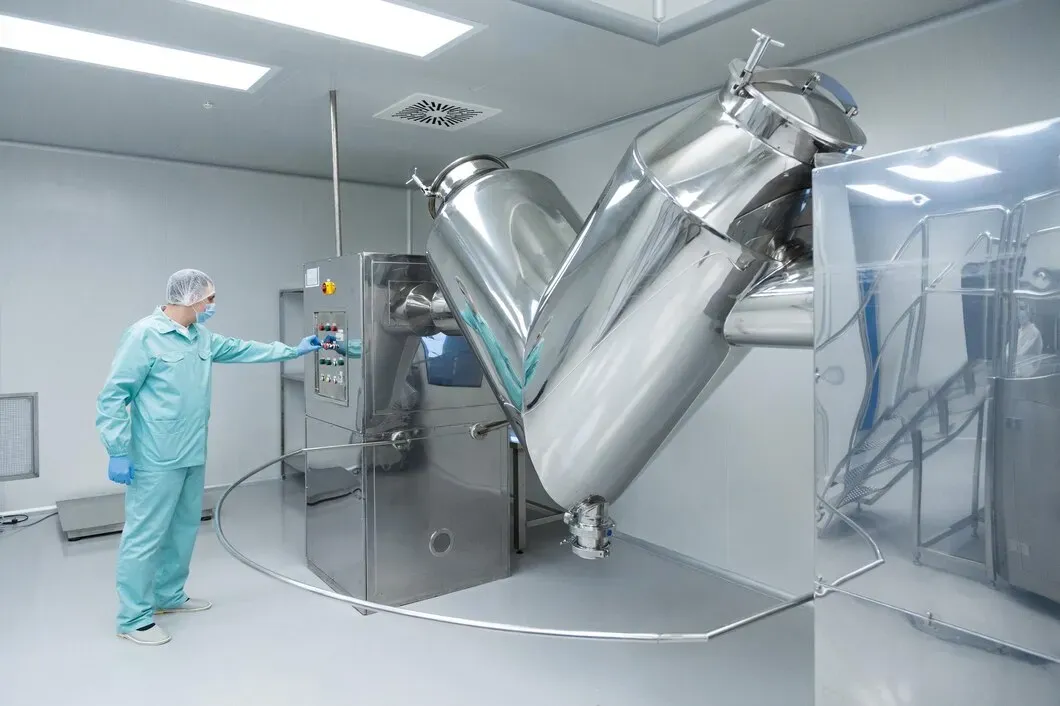
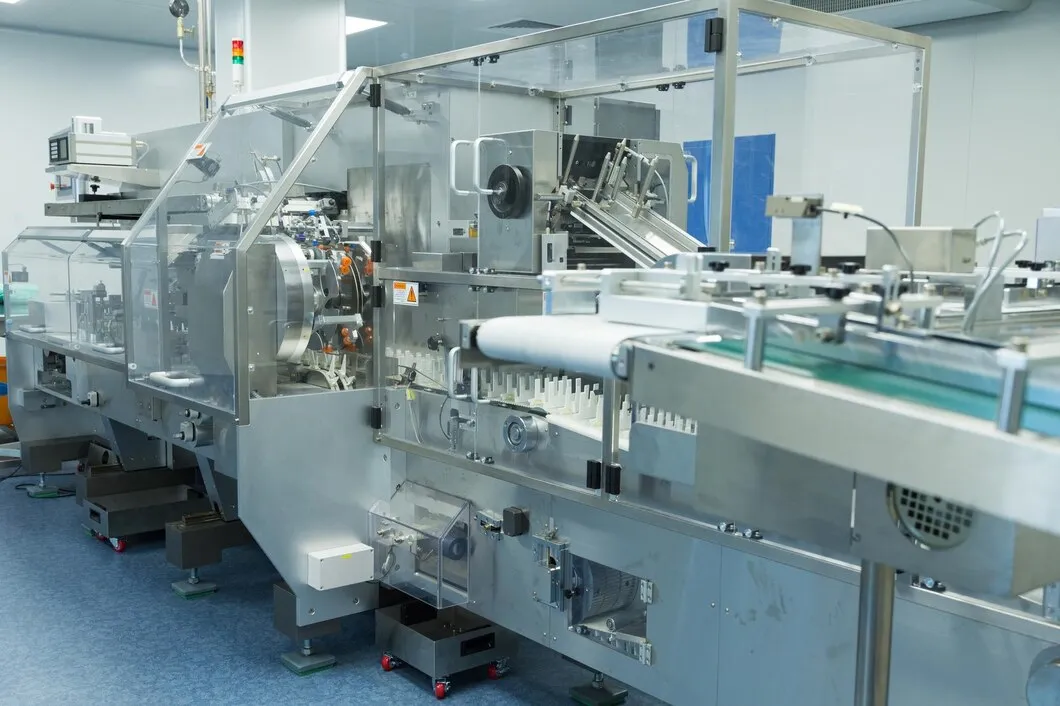
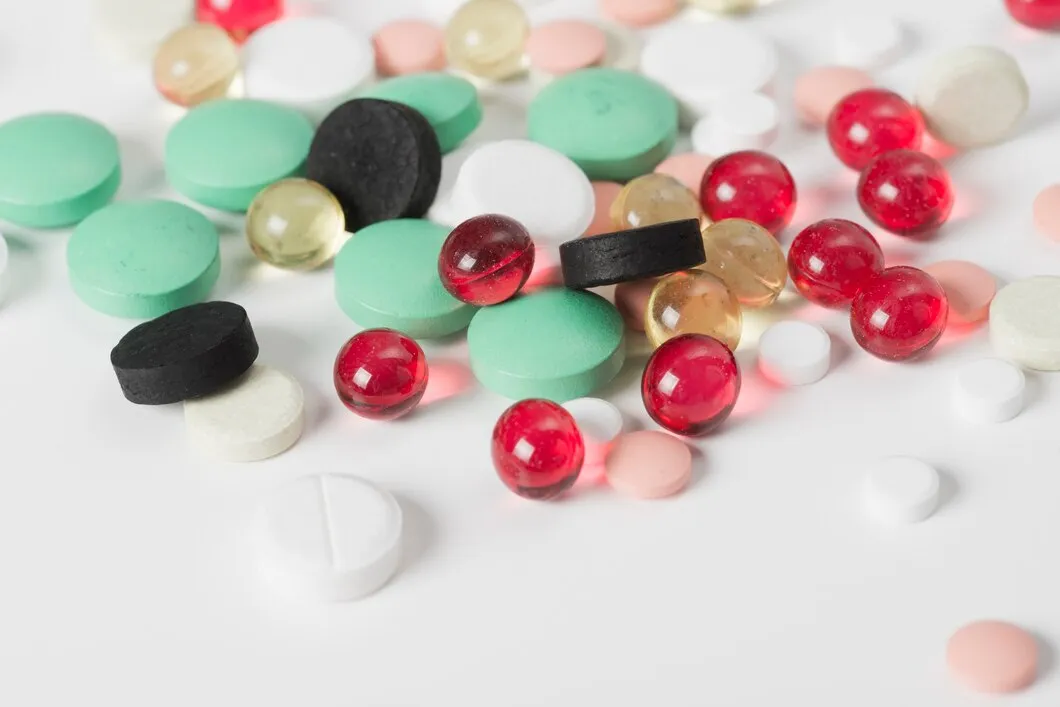

Before any drug reaches a patient, it starts in a lab. That’s where formulas are tested, batches are checked, and quality is either confirmed or questioned. To do that work right, labs depend on the right equipment—tools that don’t just get the job done, but do it with precision. If you’re responsible for running or […]

Blister packaging is everywhere in pharma—from tablets to capsules to sample packs. It protects the product, extends shelf life, and improves patient safety. But for manufacturers, it’s more than just packaging—it’s a system built around speed, precision, and compliance. If you’re in pharma manufacturing or packaging procurement, here’s what you need to know about blister […]

If you’re deciding how to deliver a pharmaceutical or supplement product, the format you choose—liquid gels or tablets—will shape more than just how it looks. It affects how the product is made, how fast it’s absorbed, what kind of equipment you’ll need, and how the end user experiences it. Some actives work better in a […]